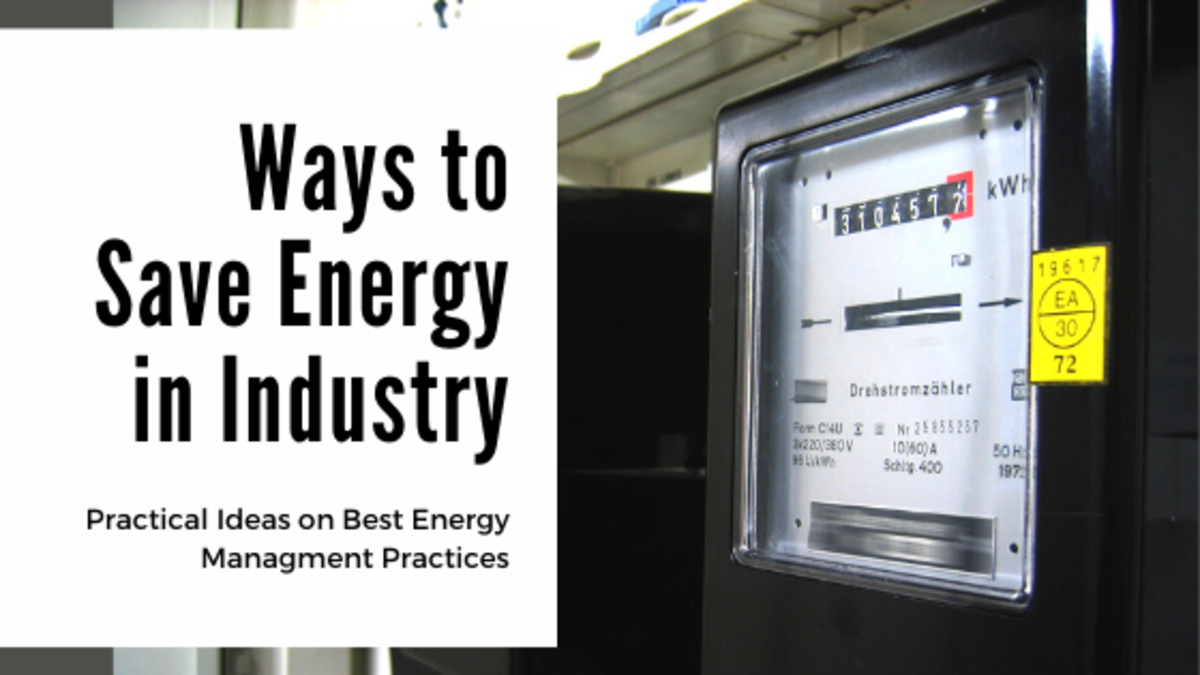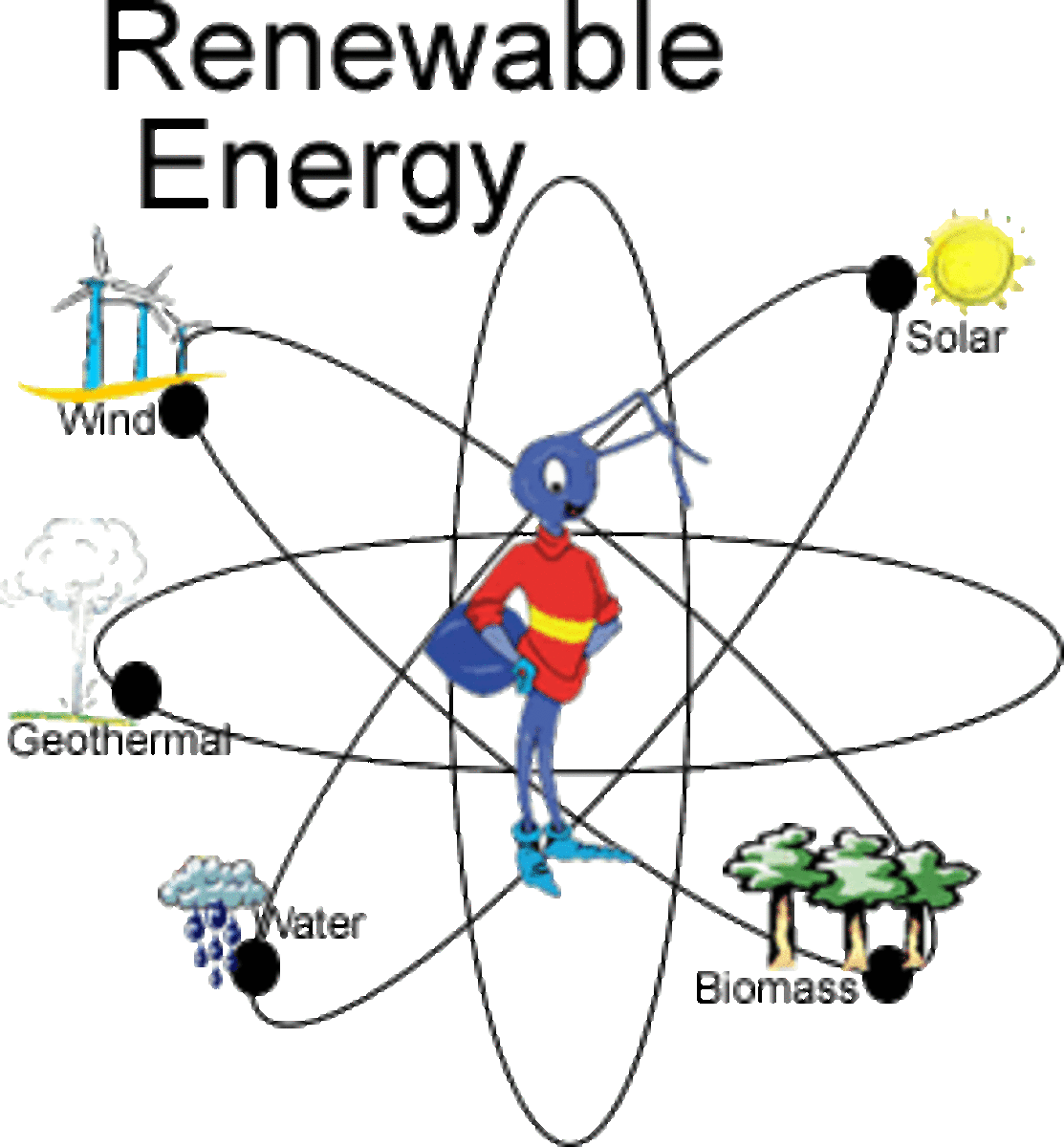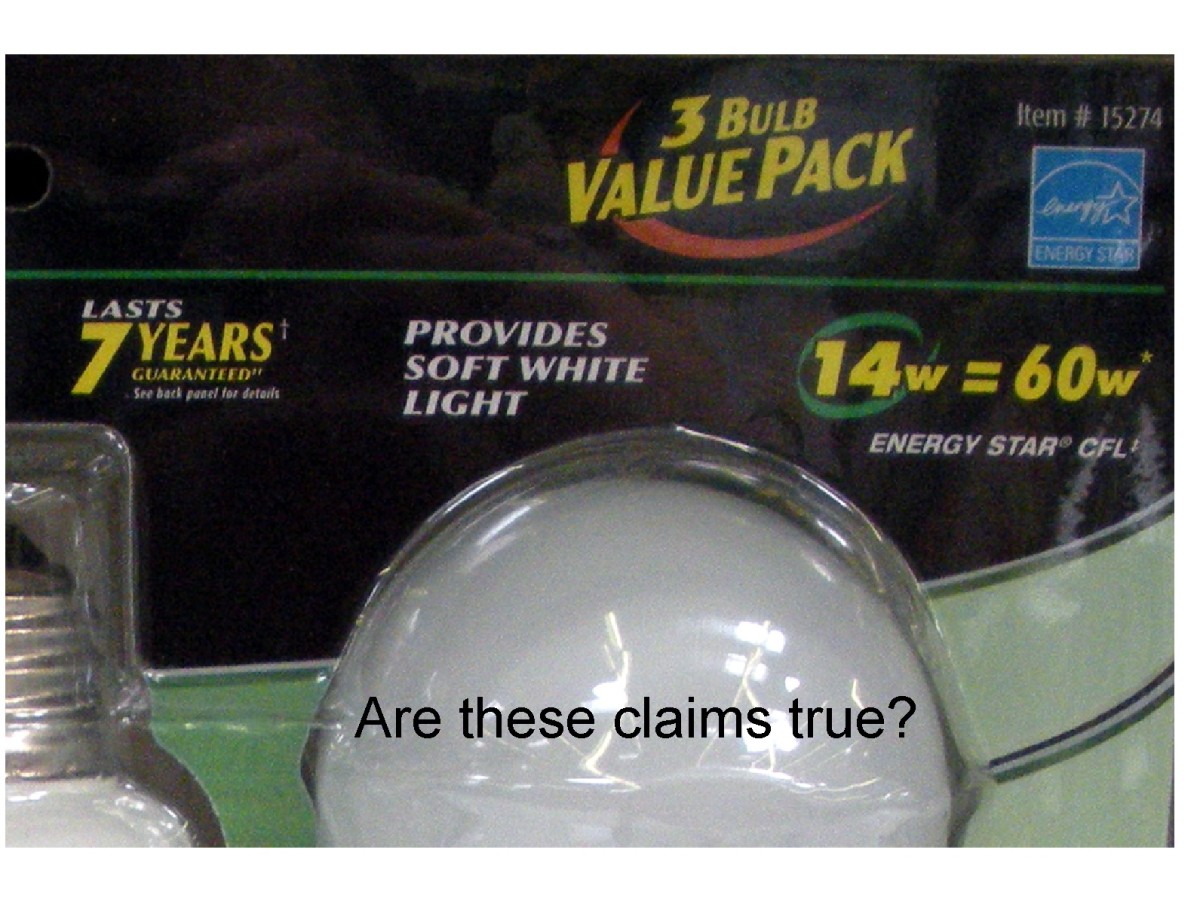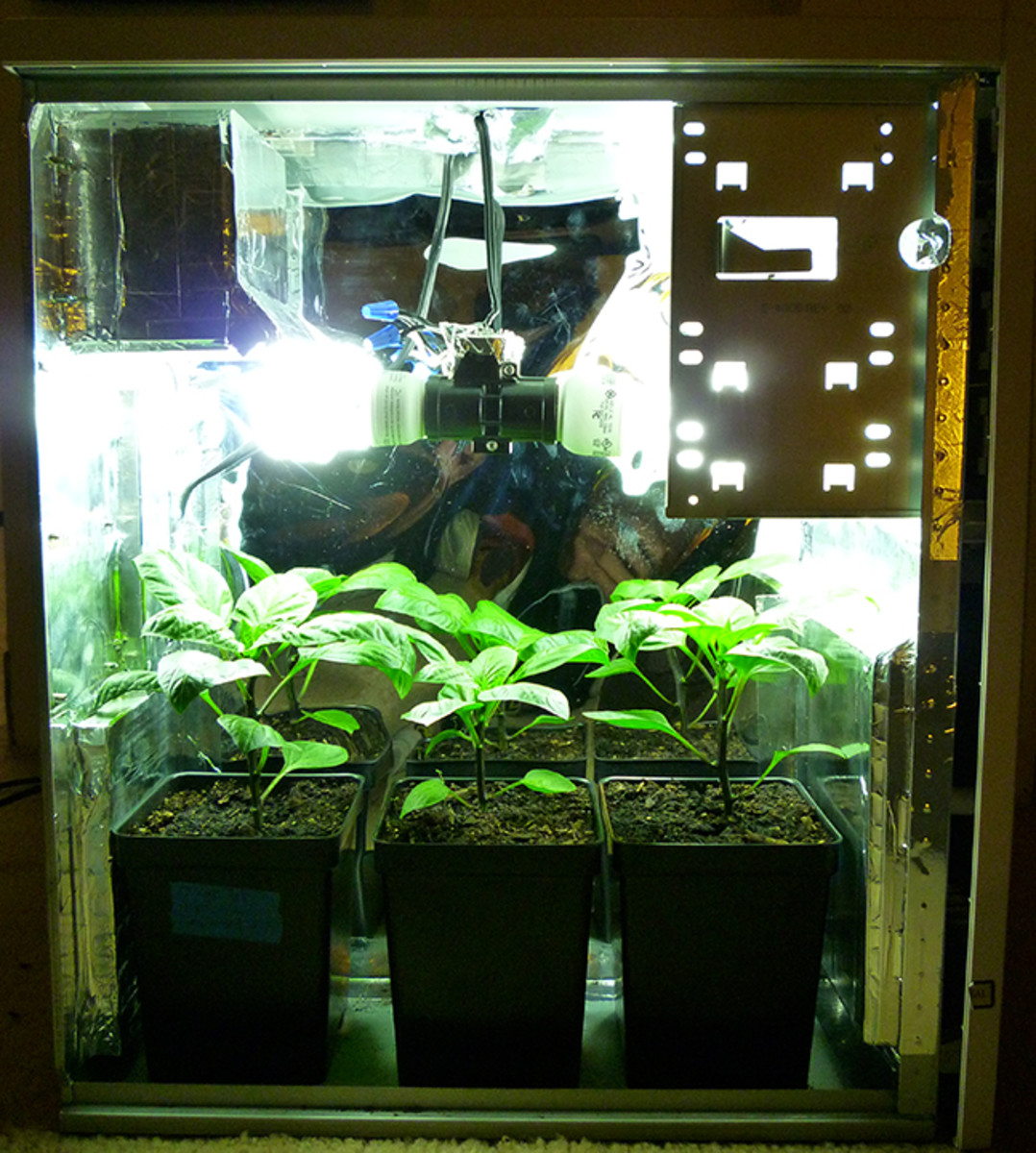Payback Period of Energy Efficiency Retrofits

Energy efficiency is gaining increased importance in the world, offering a chance for home and business owners to save money and at the same time contribute to environmental sustainability. Whenever an energy efficiency investment is carried out, it is important to know three things: the initial cost, the yearly savings, and the payback period.
Some common energy efficiency measures for residential and small commercial locations are the following:
- Upgrading inefficient lighting to LED.
- Replacing air conditioners and heaters with higher efficiency models.
- Installing energy efficient windows.
The purpose of this article is to illustrate a simple financial analysis procedure you can carry out before purchasing energy efficient equipment.
Step 1 - Estimate Your Current Energy Costs
In order to calculate your current energy costs, you will need the following data:
- The electric power drawn by the device or devices you plan to upgrade.
- Operation schedule.
- Electric utility rate.
For example, consider a small business with a 36,000 BTU/hour air conditioner and 8 lamps with T12 fluorescent tubes. The air conditioner has a SEER rating of 10 and each of the lamps consumes 160 watts. The business operates for 200 hours each month and the electric utility charges $0.18 per kilowatt-hour.
- The power drawn by the air conditioner can be estimated by dividing its capacity by its SEER, in this case it would be 3,600 watts or 3.6 kilowatts.
- The lamps consume a total of 1,280 watts, or 1.28 kilowatts.
- Total power drawn is therefore 4.88 kilowatts.
Once the power drawn is known, it must be multiplied by the monthly hours of operation and energy rate.
- Monthly energy consumption = 4.88 kW x 200 hours = 976 kWh
- Monthly cost of the energy = 976 kWh x $0.18/kWh = $175.68
Step 2 - Estimate the Energy Cost with the Upgrade
Suppose the air conditioner will be replaced by a SEER 20 model, reducing its power consumption to 1.8 kilowatts. The lamps will be replaced with a LED model that requires only 54 watts, totalling 0.432 kilowatts for all 8 lamps. The new power consumption is 2.232 kW.
- Monthly energy consumption = 2.232 kW x 200 hours = 446.4 kWh
- Monthly cost of the energy = 446.4 kWh x $0.18/kWh = $80.35
The monthly savings are $95.33! Viewed on a yearly basis, the savings are $1,143.96!
Step 3 - Obtain Quotes for the New Equipment
The price of the upgrade will vary according to the brand and your geographic location. It is always a good idea to shop around and obtain quotes from several vendors. If you have a friend or relative working in the construction industry, it's a good idea to ask their opinion on the quotes you receive to make sure you are getting the best prices.
For this example, assume the air conditioner costs $1,400 and each lamp costs $195, totaling $2,960.
Step 4 - Divide Cost by Yearly Savings to Obtain Payback Period
The payback period in this scenario would be given by:
- $2,960 / $1,143.96 = 2.6 years
If you wish to calculate the payback period for separate investments, you can repeat the procedure individually for each upgrade. In this example you will find that the SEER 20 air conditioner has a payback period of 1.8 years and the LED lamps have a payback period of 4.2 years.








